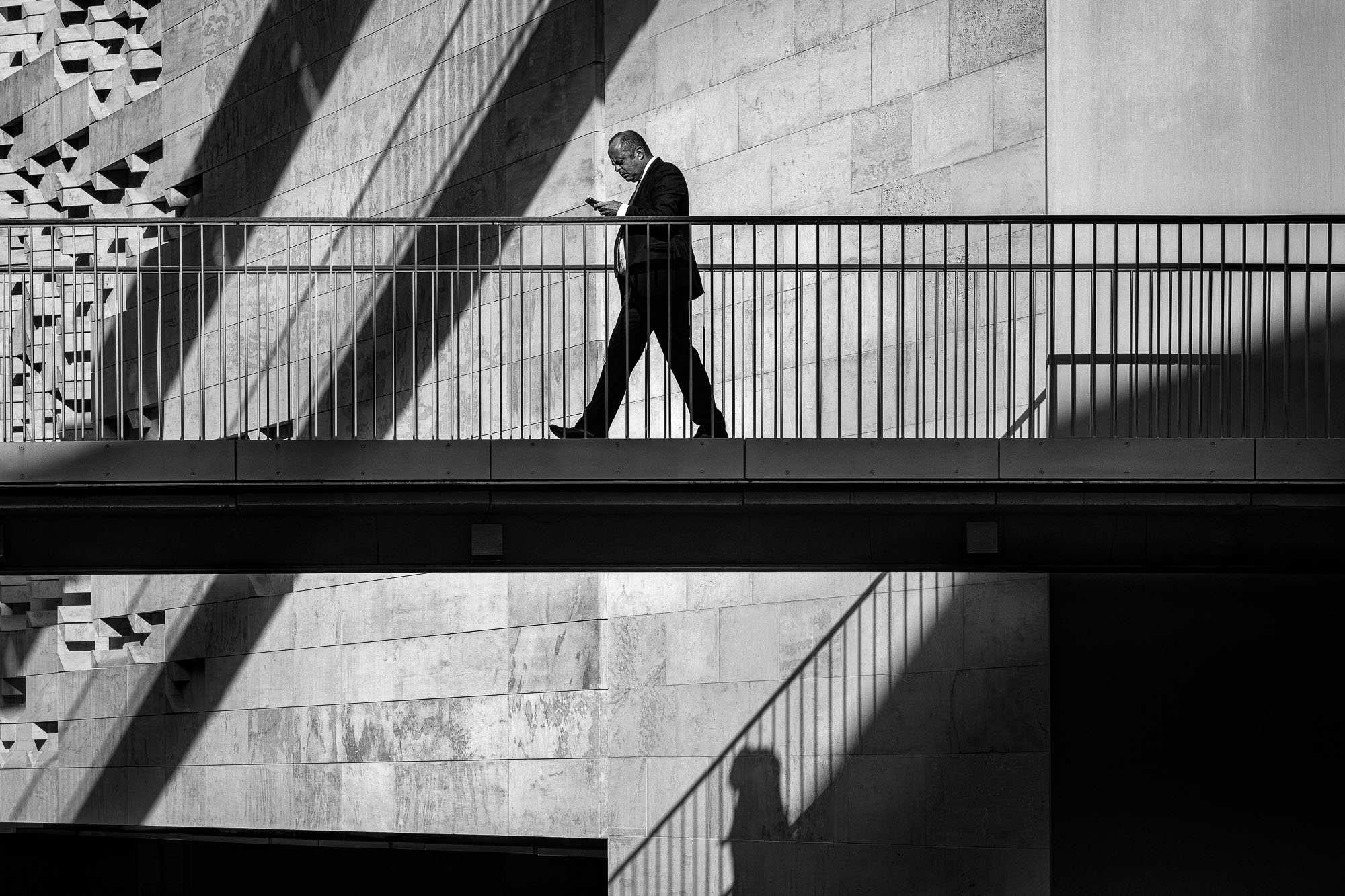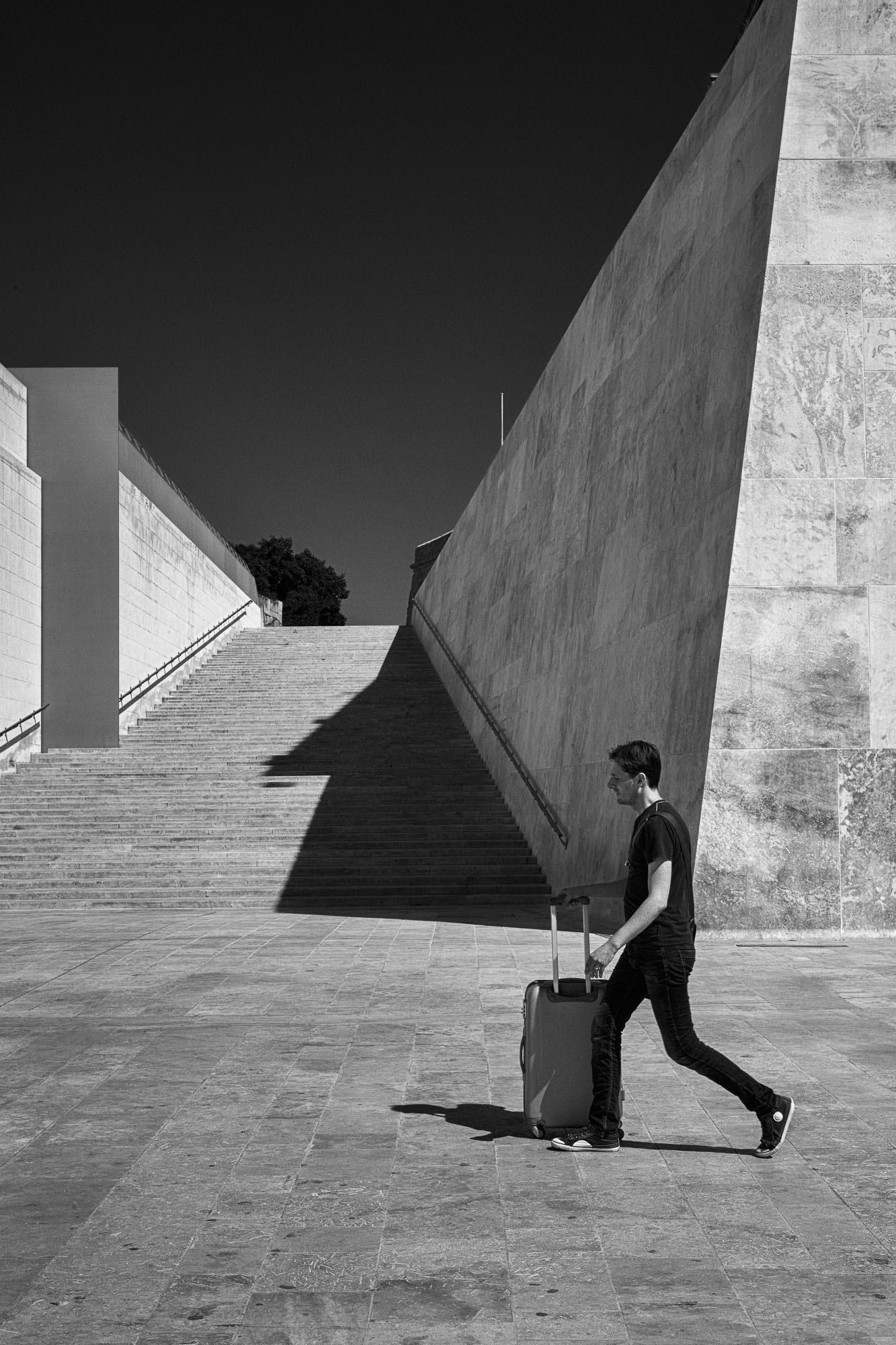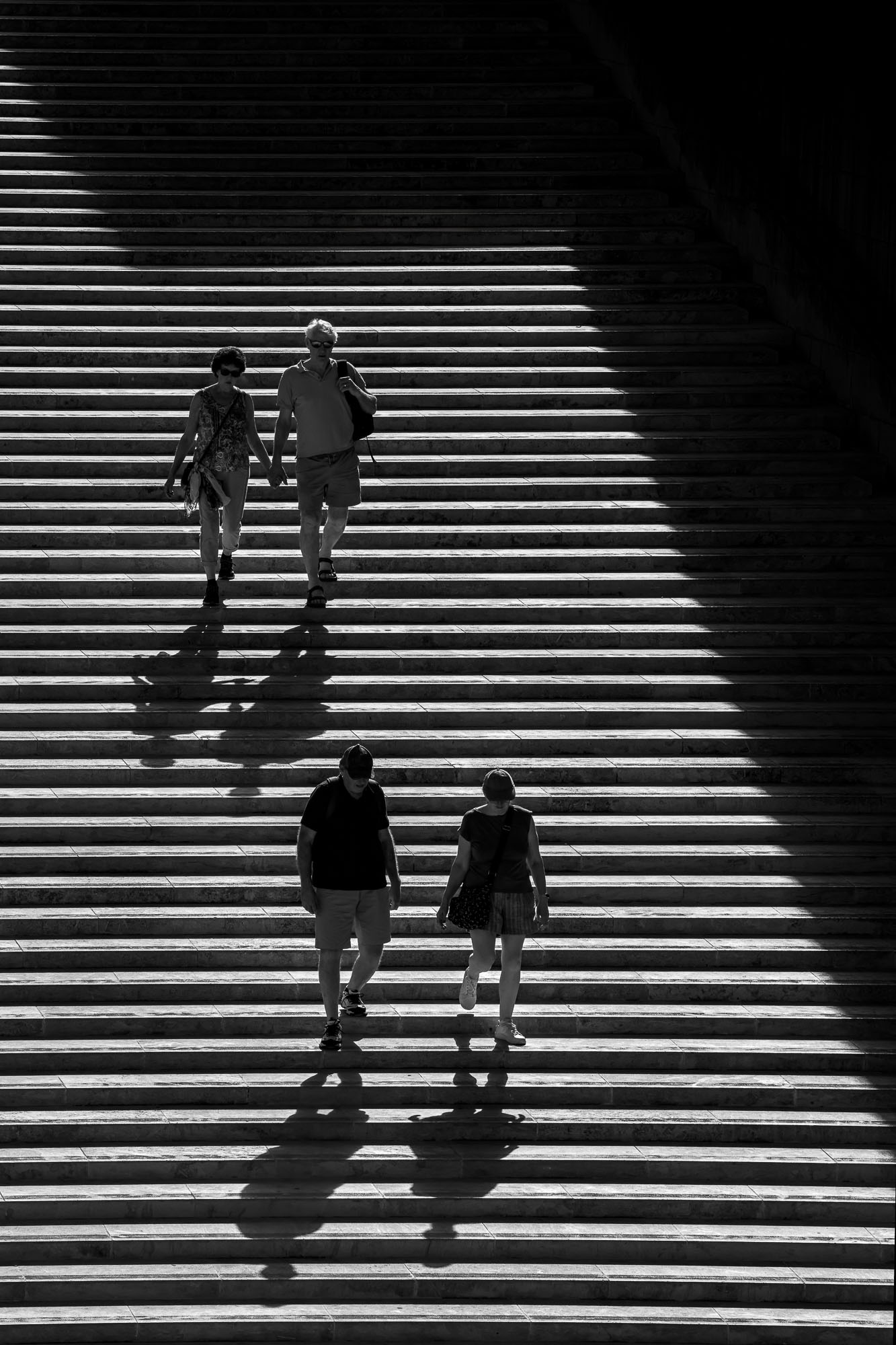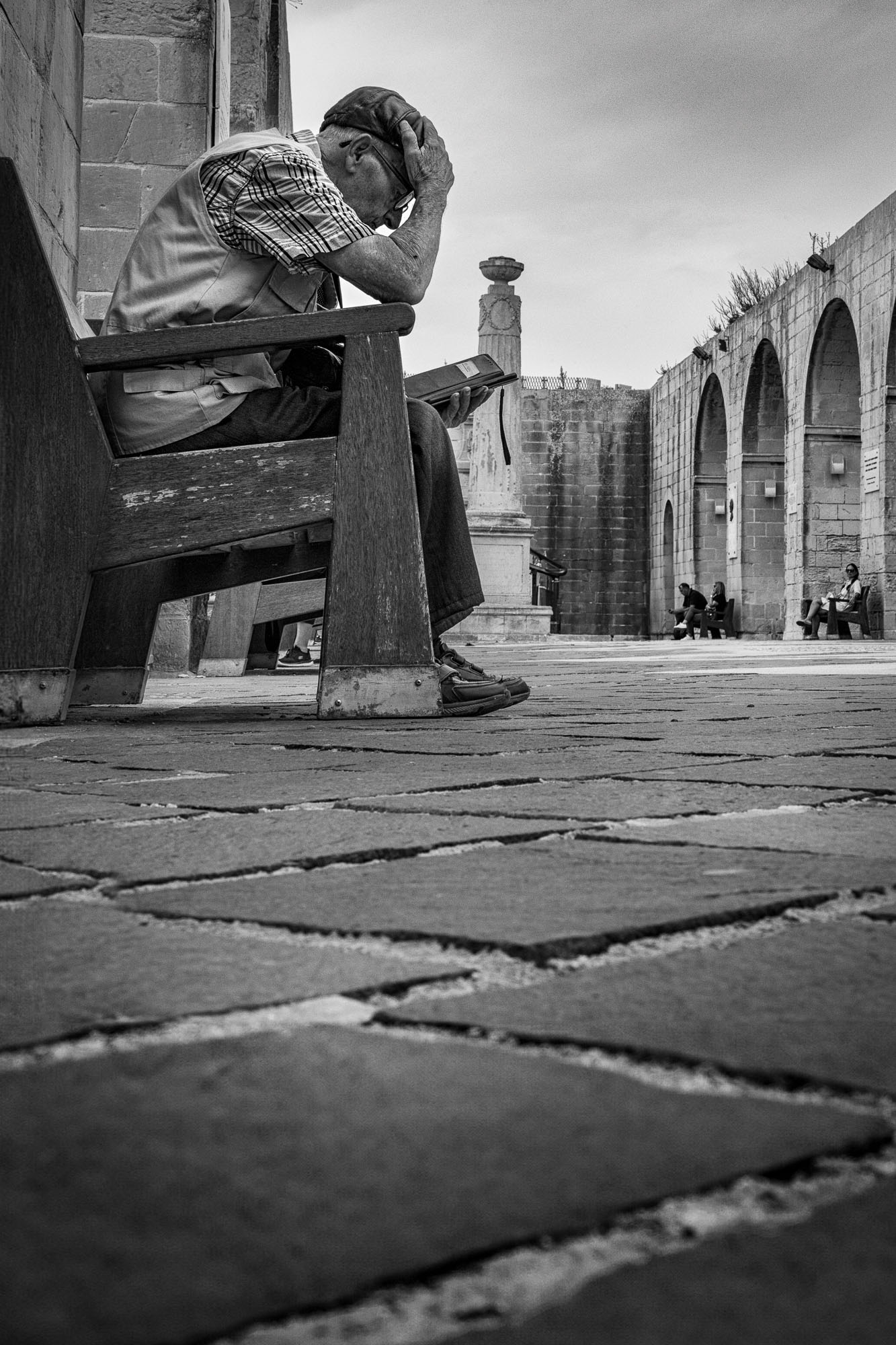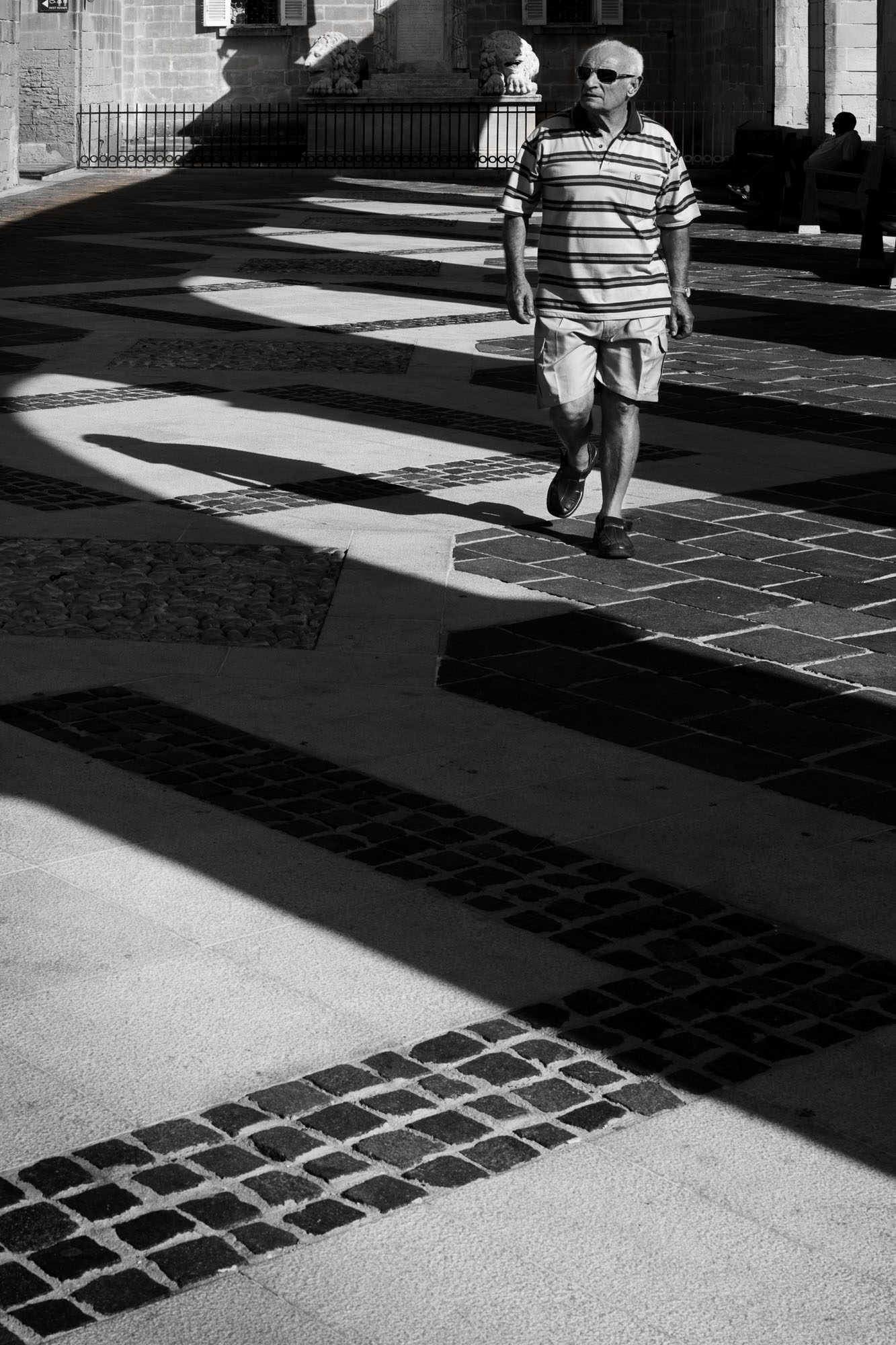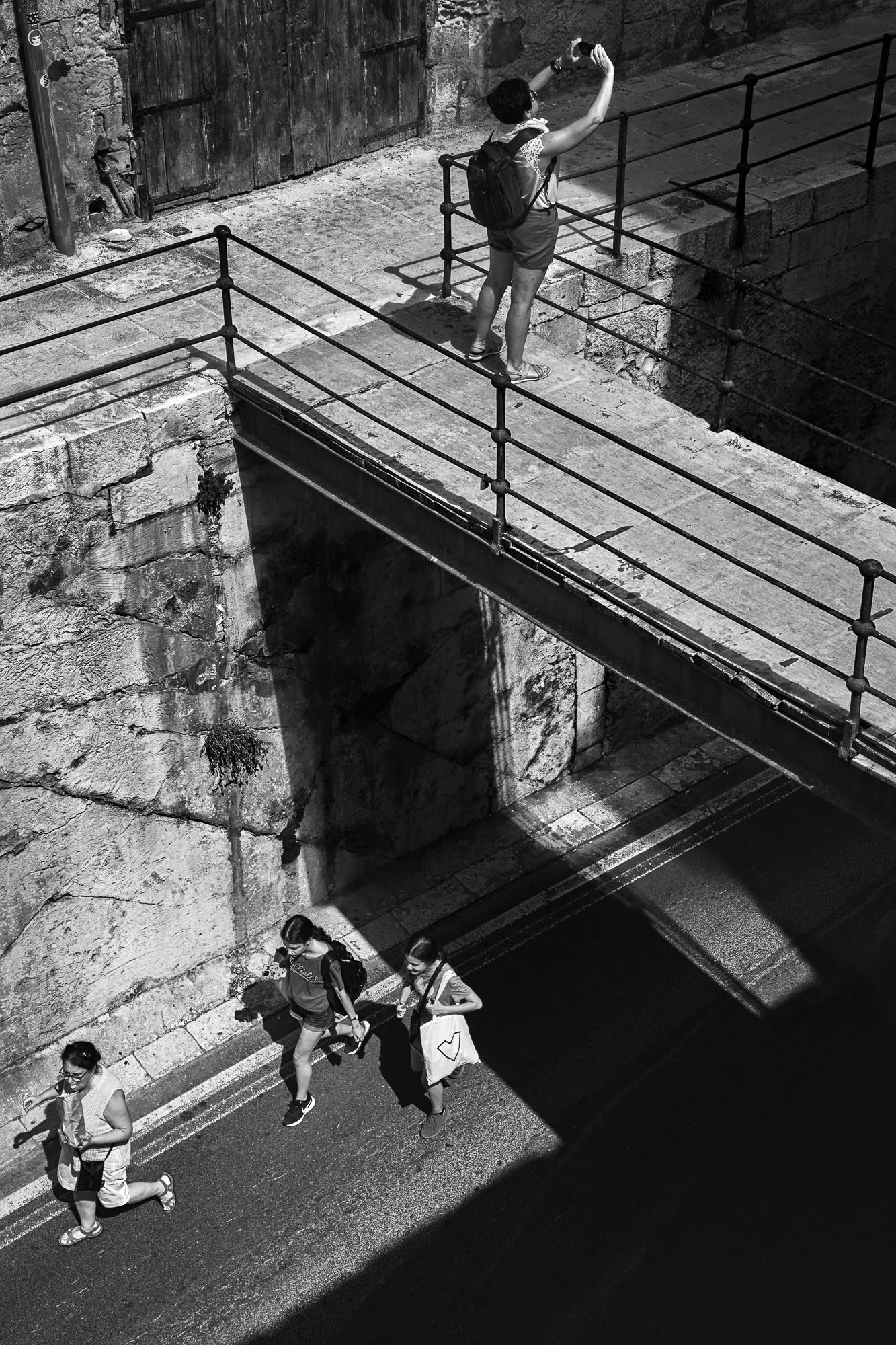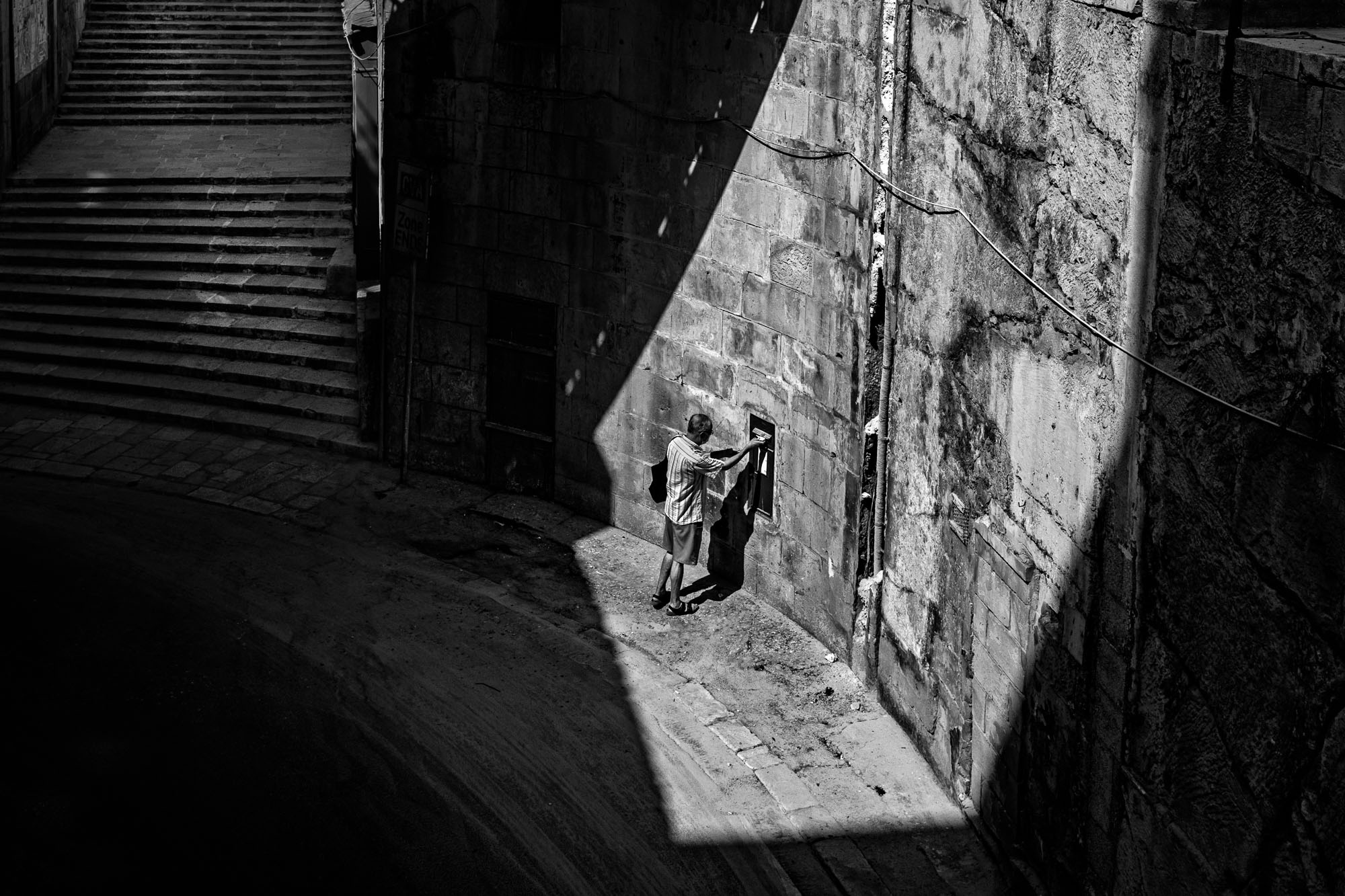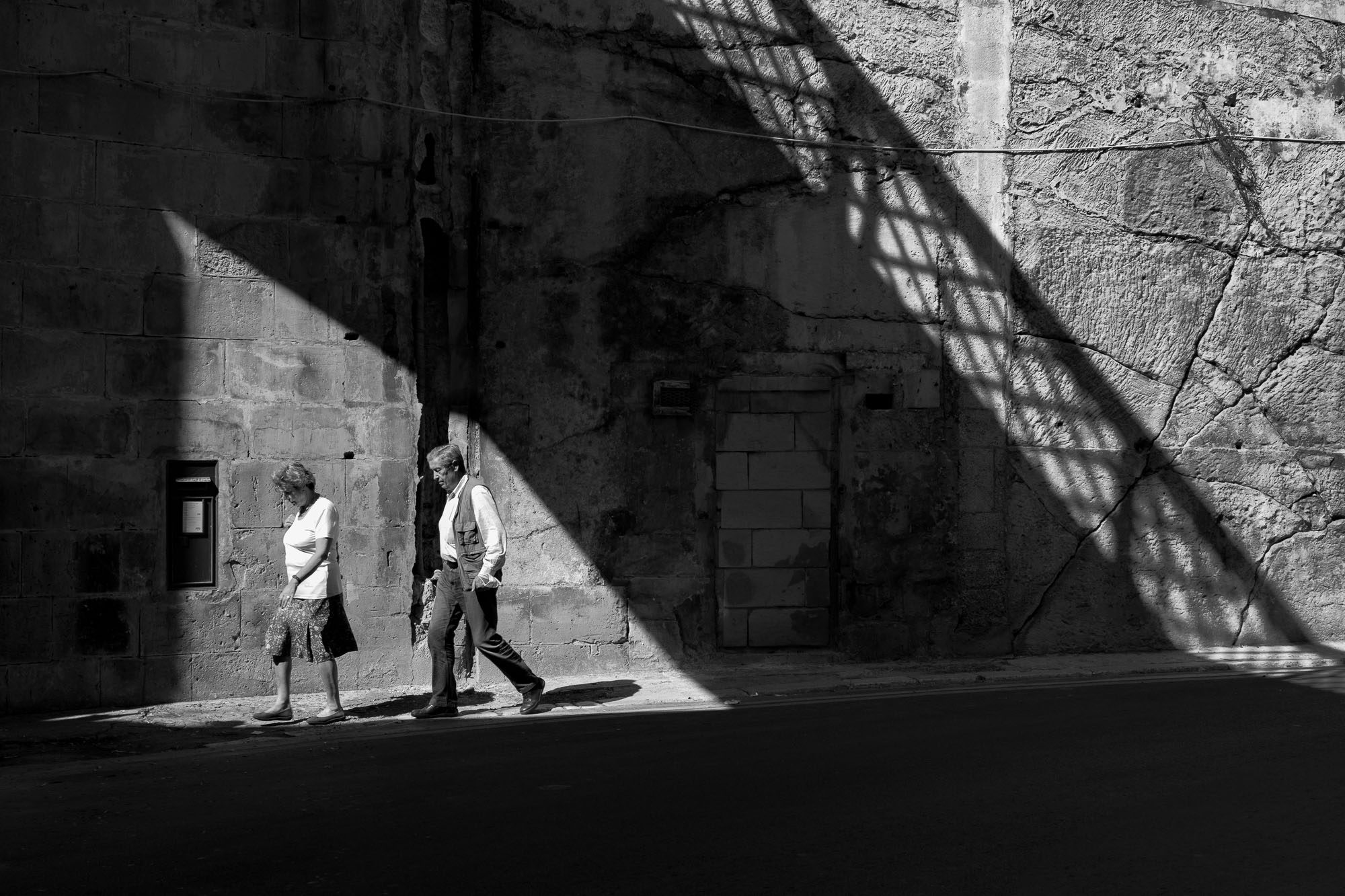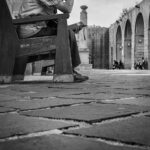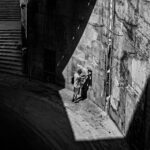A Quick History of Valletta
As I wander through the sun-soaked, historic streets of Valletta, the capital of Malta, I inevitably find myself captivated by the interplay of light and shadow on the limestone facades and the distinctive wooden balconies that line these narrow streets. This city is steeped in history, dating back to 1566 when Grand Master Jean Parisot de la Valette laid the foundation stone for a new fortified city named in his honour, and commemorating his leadership of the Knights of the Order of St. John, along with the Maltese, in a victory against an overpowering Ottoman invading force that laid siege to the Islands in 1565.
Valletta was the brain child of the talented military engineer Francesco Laparelli who at the time was under the patronage of Pope Pius V. Built on the Mount Sciberras peninsula, and flanked by two magnificent natural harbours, Marsamxett and Grand Harbour. This unique fortified city was designed on a grid pattern that combines both beauty and functionality. Though the city only covers an area of about 0.8 square kilometres (0.3 square miles), it is nevertheless, home to beautiful examples of Baroque churches and palaces. Sir Walter Scott is attributed to having described Valletta as “a city built by gentlemen for gentlemen,” highlighting its grandeur and elegance.
Over the centuries, Valletta has witnessed the rise and fall of various powers, from the Knights of St. John to the French and later the British. Throughout these turbulent times, the city’s importance grew, establishing itself as the political and commercial heart of the Maltese islands. However,World War II brought devastating bombing raids by Axis Forces, significantly impacting lives and infrastructure, particularly around the Grand Harbour area. In the aftermath, bomb-damaged buildings in Valletta were replaced with functional yet aesthetically unremarkable structures. Fortunately, much of Valletta’s unique charm survived, maintaining its distinctive character.
In contrast to Valletta’s historical architecture is the Maltese Parliament Building, designed by the renowned architect Renzo Piano. Completed in 2015, this building represents a departure from the traditional Baroque aesthetic that characterises much of the city. With its sharp, geometric lines and use of local Maltese limestone, the building is a blend of contemporary architecture that pays homage to the island’s heritage.
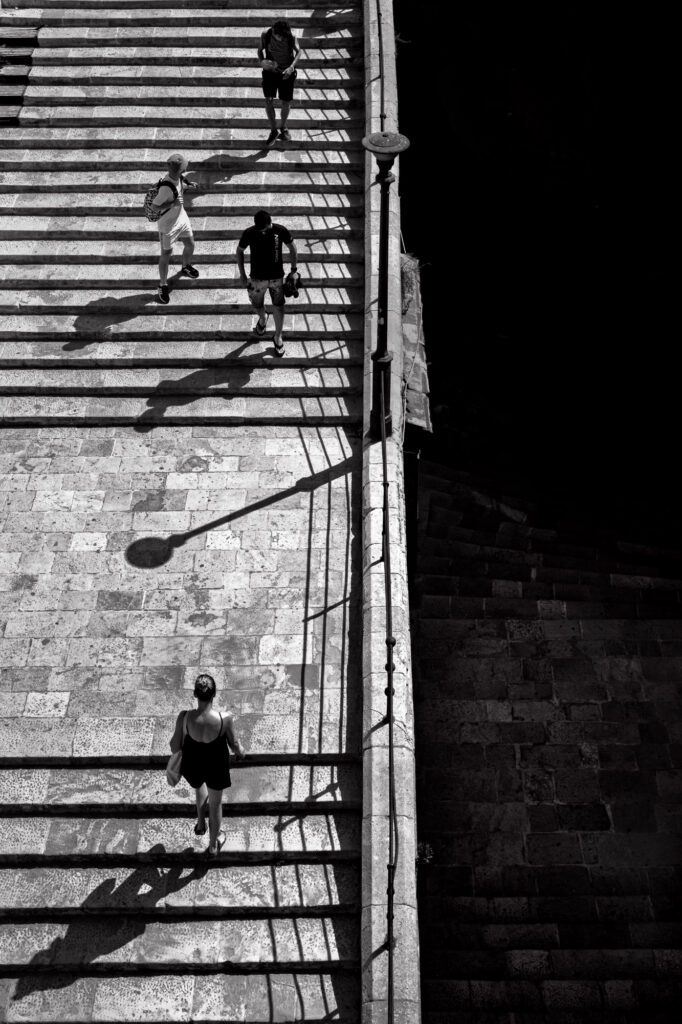
Counting Steps and Chasing Shadows
Lord Byron, in his poem “Childe Harold’s Pilgrimage,” satirically commented on the city’s challenging topography. “Adieu, ye cursed streets of stairs! (How surely he who mounts you swears!).” There have been times when I, too, have ascended yet another stepped street in hot pursuit of an interesting character to include within my frame, and I have also made some disparaging remarks, albeit not in such eloquent verse. Nevertheless, the Valletta steps have become an integral feature as I explore and photograph this small but interesting city.
After delving into the rich history of this city, it would make sense to describe it as follows: “These streets are steeped in history and seem to whisper stories at every turn. Each corner unveils a new scene frozen in time.” However, capturing a great image in this busy city can at times be challenging. It’s bustling with tourists, parked cars, and restaurant paraphernalia encroaching onto the streets. Moreover, the Mediterranean light adds complexity to the photographic process. The optimal times for photography are the early morning and late afternoon, when the light is softer and shadows are longer. Due to this, I tend to gravitate towards the city during the autumn/winter months, as the days are shorter and the light is less harsh, this also coincides with the period of highest foot traffic in the streets. It’s also worth exploring Valletta at night, which offers its own unique photo opportunities and I tend to focus more on architectural views rather than street activities.
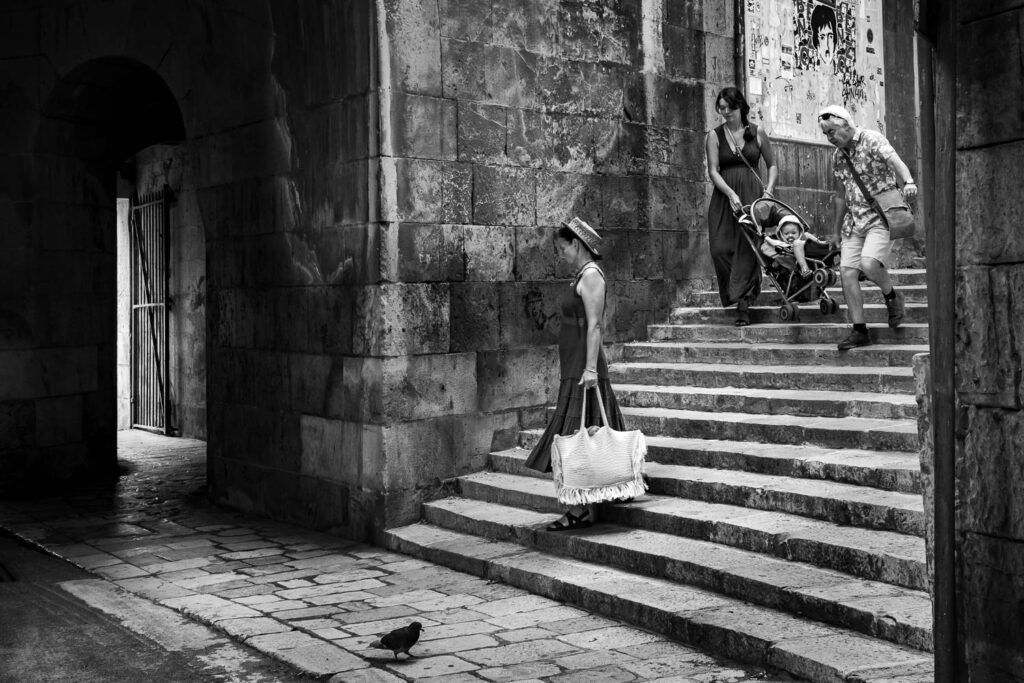
My Valletta Photo Route
When it comes to photography in Valletta, one of my favourite routes starts with the Malta Parliament Building, which serves as an excellent shooting location with some great camera angles and opportunities to include people within the frame. From there, I make my way to the Upper Barrakka Gardens via the beautiful Baroque Auberge de Castille, originally built by the Knights of St. John.
The Upper Barrakka Gardens, with its panoramic views of the Grand Harbour, is a tourist magnet. The terrace area is adorned with plaques, statues, and interesting shadow patterns created by a corridor of arches. My next location is the area around Victoria Gate, the entrance to Valletta from the Grand Harbour. Timing is key to doing photographic justice to the area as it requires the morning light. Its narrow step-lined streets and old fortifications make it a must-visit spot for any photographer.
I’ve made multiple visits to this area and have been rewarded with a collection of images. The interplay of light and shadows on the weathered limestone walls and steps is truly captivating. However, this area is much quieter than the city’s tourist bustling arterial streets, and a good degree of patience and a hint of luck are required to blend the human element with the rich background.
Next on the list are the Lower Barrakka Gardens and the Siege Bell Memorial. I prefer walking either down St. Pauls Street or St. Ursula Street, as both are lined with distinctive Maltese wooden balconies, which make for interesting abstract images. Look out for the street corner niches dedicated to various saints, as Valletta is home to 28 churches, including the must-see St. John’s Co-Cathedral with its lavish baroque interior by Mattia Preti and Caravaggio’s masterpiece, the painting of the “Beheading of St John the Baptist”.
The Lower Barrakka Gardens also overlook the Grand Harbour, offering a good vantage point for panoramic images and an excellent location for a blue-hour shot of Valletta. The gardens feature a neoclassical Monument to Sir Alexander Ball, a British Admiral and “Civil Commissioner” during the British era, and an arched terrace providing opportunities for light and shadow abstract photography.
Now, I am coming to the end of my morning photo walk. By this stage, the shadows are short, and the sun is high in the sky; my last port of call is the Siege Bell, a memorial to commemorate those who lost their lives during WW2. Photographically, it is interesting; however, it needs a low-angle sun to do justice to it.
Finally, I head down to Fort St. Elmo and then take either Merchant Street or Republic Street to walk back to my starting point. Both these streets are lined with shops and cafes and are the busiest streets in Valletta, so my attention turns to capturing people.
Conclusion
While Valletta may not be the most popular destination for street photography, Europe’s smallest capital city offers a timeless allure that is worth experiencing. The architectural charm and unique Mediterranean light create a captivating backdrop for capturing transient moments. However, it is evident that the city is rapidly evolving to cater to the growing tourist market, leading to an imbalance between tourists and locals. To truly capture the essence of Valletta through street photography, it is important to slow down, observe patiently, and only then will you succeed in encapsulating the spirit of this well worth visiting city.

